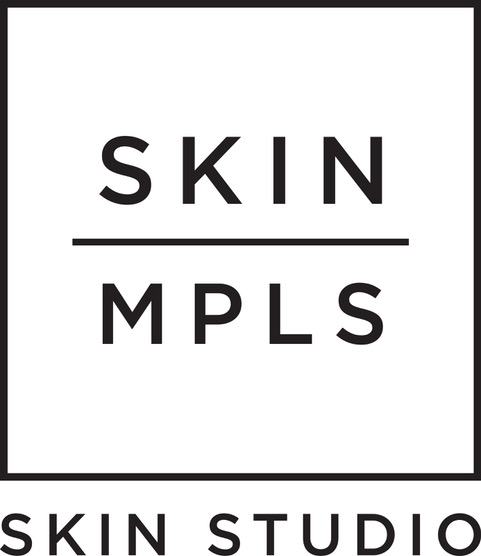You Can Treat THAT?!
if you have a question about an irregularity on your skin, there’s a very strong chance we know what it is and what to do!
We’ve been using this modality for a while and are excited to share the results and experiences with you. It has been a huge success in treating skin abnormalities of all types. Sometimes, clients may think these are permanent or are too shy to ask about things on their face, neck, or chest, so let’s learn more about this exciting med spa modality we have available for your benefit.
What is radio frequency thermocoagulation?
Radio frequency thermocoagulation, specifically the machine we use called Thermoclear, uses both low- and high-level heat radio frequency heat waves to vaporize the fluid of the skin abnormality without penetrating the epidermis. Come again? Basically, we have a tool that treats benign skin growths without much downtime.
What can it treat?
It can treat small capillaries, milia, fibromas, sebaceous hyperplasias, cherry hemangiomas, seborrheic keratoses, skin tags, dermatosis papulosa nigras (DPN), sun spots, and cholesterol deposits (xanthomas). You may not know what many of those actually are, but they commonly affect the skin in the form of mystery bumps and discolorations. It’s worth asking at your next facial treatment if it’s something we can treat!
What is the downtime?
The treated lesion will scab over, and some skin abnormalities scab more and for longer than others. To ensure the best results, you want to avoid itching the area and try to keep the scab intact for as long as possible. Plan on having a scab for 5 to 14 days. You’ll want to avoid excessive sweating for the next few days, but you can wear makeup to cover the scabbing.
Does it hurt?
A little, but it’s tolerable and is mostly just irritating. It’s quick though, similar to an extraction. Pain varies with different areas of the face and different skin abnormalities.
What is the cost?
As always, we keep our prices approachable and affordable. It’s our duty to help you achieve your healthiest, clearest, most comfortable skin, and we don’t believe that should be expensive. We offer two med spa treatments to treat your unwanted skin lesions. Remove15 is $100 and is a 15-minute session to treat up to three spots. Our Remove35 is $200, a 35-minute session to treat more lesions.
How is this different from what a dermatologist would do?
Sometimes, they use similar devices, lasers, or cryotherapy to freeze lesions. However, doctors typically do not focus on aesthetics. They are more concerned with removing lesions that could be cancerous or dangerous. While some derms may treat more aesthetic concerns, they typically charge exuberant fees.
The beauty of Thermoclear is that it treats only the epidermal layer of the skin, which means there is a lower risk of skin damage because it does not penetrate as far as the dermal layer. It may require a few more zapping sessions to fully eradicate those lesions. But at a low cost and low risk, we are happy with that trade-off!
